
The Journey of Enlightenment
By Ricardo Ariel

26 Sep, 2023
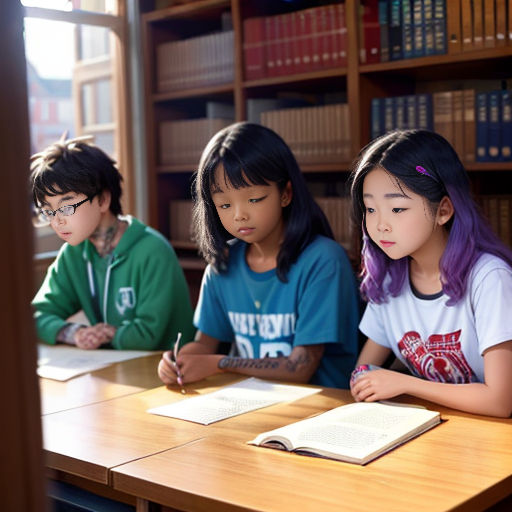
In a small town known for its quiet charm and friendly people, a group of tenth graders embarked on a journey of self-discovery. This wasn't your typical adventure, but an exploration into the depths of philosophy.
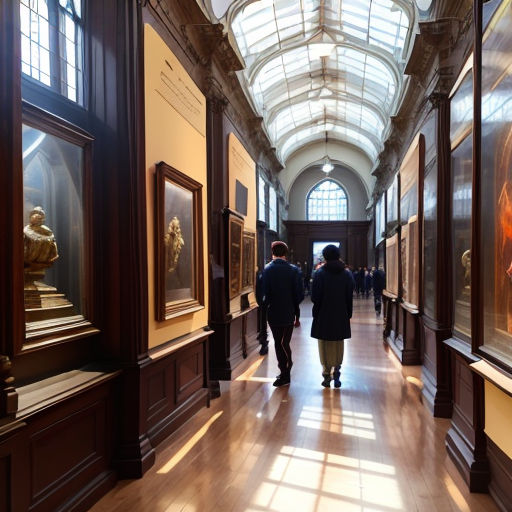
Their first stop was the local museum, a treasure trove of history that breathed life into the past. Through the exhibits, they began to understand the influence of history on their present lives.

Next, they visited the town’s library, where they engaged in discussions and debates, fostering a spirit of reason. They learned to question, analyze, and draw conclusions based on logic.
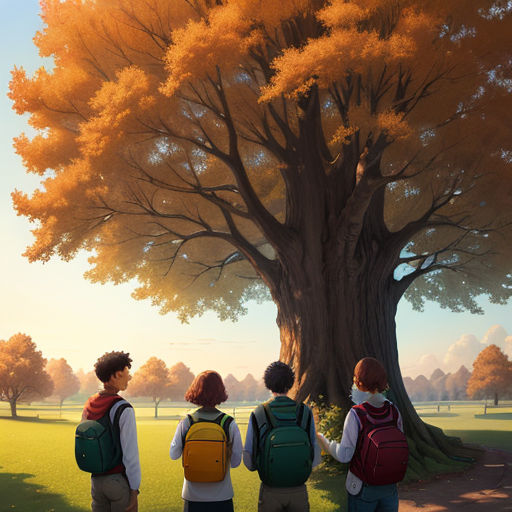
As they ventured into the town's park, they experienced the sense of spirit. They felt a connection with nature, realizing the interconnectedness of all things.

The teenagers began to understand material reality during a visit to a factory. They saw raw materials transform into finished goods, witnessing the physical manifestation of ideas.

At a local debate club meeting, the group learned about the dialectic method. They saw firsthand how opposing viewpoints could foster a deeper understanding and progress.
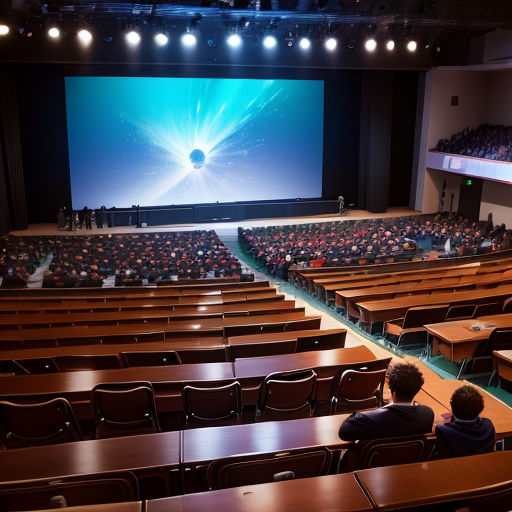
The concept of multiplicity was explored during a school assembly. They discovered that multiple perspectives could exist simultaneously and that no single viewpoint held absolute truth.

As they delved deeper into philosophy, the students began to see these concepts in their daily lives. They realized that history shaped their identities and influenced their future.

They learned that reason was a guiding principle in decision-making, and it was through reasoning they could make sense of the world around them.

The students began to feel a deep spiritual connection with the world. They understood that everything was interconnected and that they were part of a greater whole.

Material reality became more than just physical objects. They saw that ideas could manifest into physical reality, and actions had tangible consequences.

The dialectic method taught them the importance of listening to opposing viewpoints. They learned that progress was born out of conflict and resolution.

Understanding multiplicity encouraged them to be open-minded. They saw the value in different perspectives and realized the truth could be multifaceted.

As the journey continued, the students found themselves applying these concepts. They used reasoning in their debates, considered multiple perspectives, and appreciated the material reality of their actions.

They realized that history was not just a sequence of events but a series of lessons that shaped the present and future.

The spirit they felt in the park became a reminder of their connection to the world. They began to see themselves as part of a larger, interconnected system.
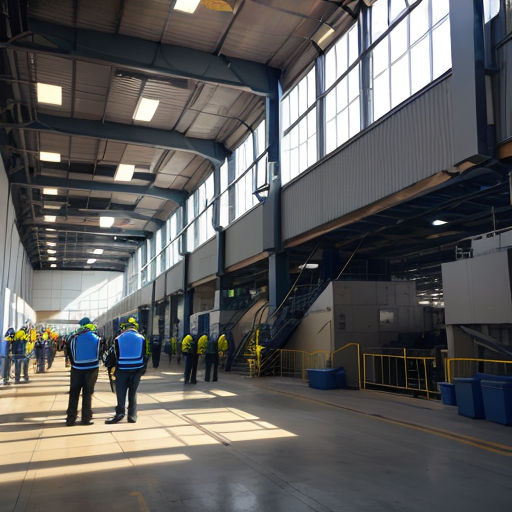
The factory visit made them realize how ideas could transform into material reality. They saw the power of innovation and hard work.

The dialectic method became their tool for understanding complex issues. They realized that progress was not a straight line but a series of conflicts and resolutions.

Through understanding multiplicity, they saw the value in diversity. They learned that a single story could have many interpretations, and each was equally valid.

As the journey concluded, the students realized that they had not only learned about philosophy but also about themselves. They saw how these concepts influenced their thoughts, actions, and interactions.

They understood that history was a part of them, and they were a part of history. They saw how their actions today would become a part of tomorrow's history.

Reason became their guide in decision making. They learned to think critically, ask questions, and analyze situations before making decisions.
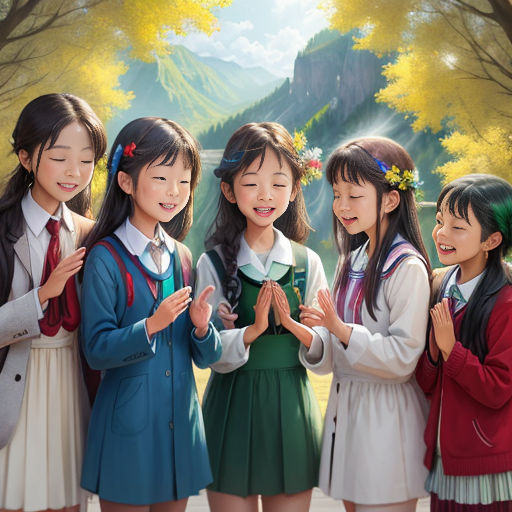
They felt a spiritual connection with the world and understood their role in it. They saw themselves not as isolated individuals but as part of a larger, interconnected whole.

Material reality took on a new meaning. They saw how their actions could shape their physical reality and how their ideas could manifest into tangible results.
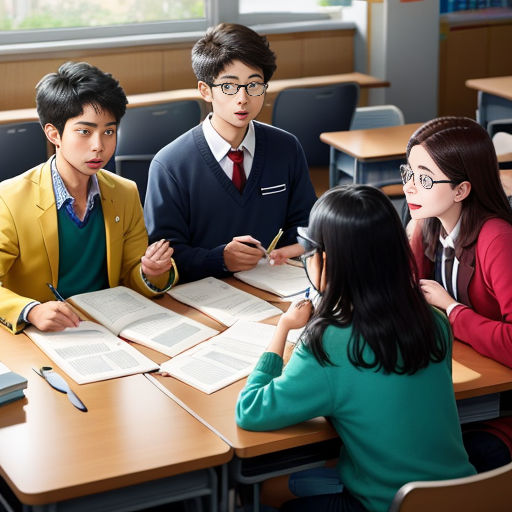
The dialectic method became a way of understanding the world. They learned to appreciate different viewpoints, understanding that through conflict and resolution comes progress.

Multiplicity taught them the value of diversity. They learned to appreciate different perspectives and understood that truth could be multifaceted.

This journey of self-discovery had transformed them. They were no longer just students but young philosophers, ready to apply their newfound knowledge to their daily lives.
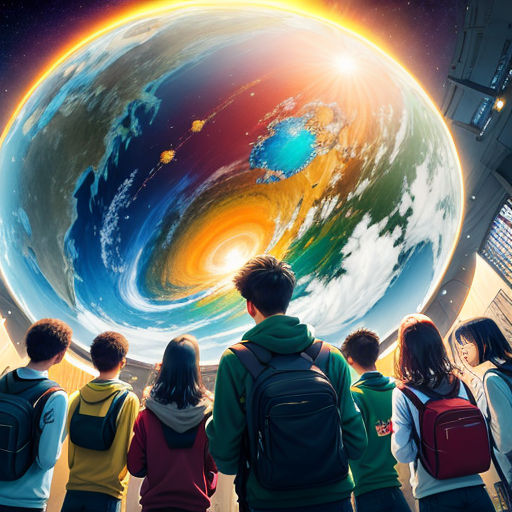
They saw the world with new eyes. Every aspect of their lives, from their history to their spirit, from material reality to dialectic, and from unity to multiplicity, had a deeper meaning now.
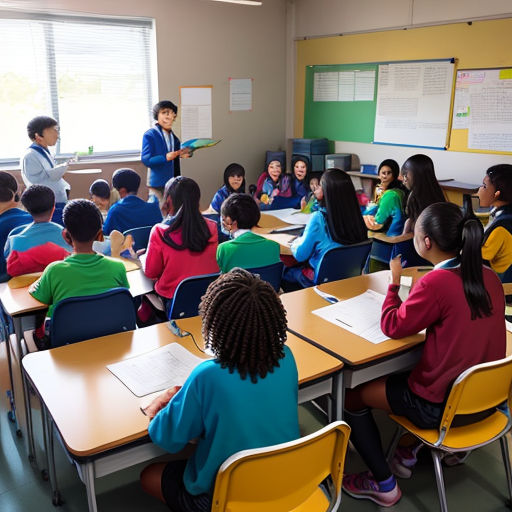
As they returned to their normal lives, they carried these lessons with them. They applied their reasoning in decisions, considered multiple perspectives, and appreciated the material reality of their actions.
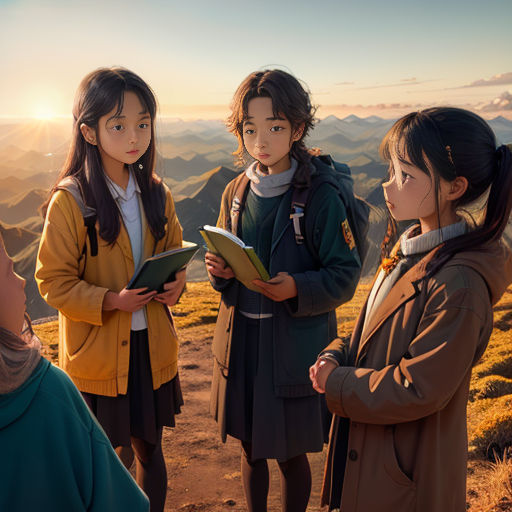
The journey of enlightenment had not ended but merely begun. With their newfound wisdom, they were ready to face the world, guided by the philosophical concepts they had learned.

They had embarked on this journey as students, but they returned as philosophers, eager to apply their newfound wisdom to their lives. In the process, they had discovered not just philosophical concepts but themselves.
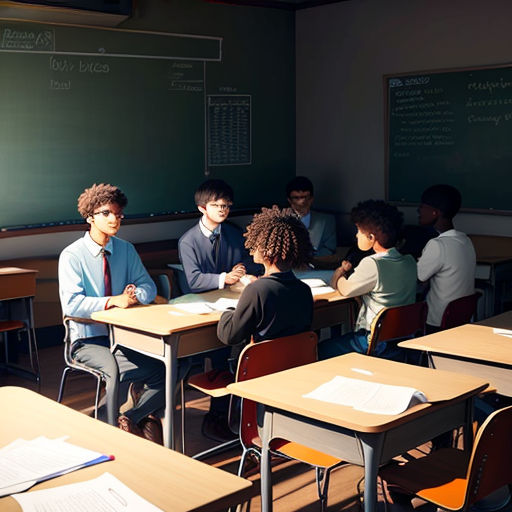
The students had transformed their understanding of the world through their journey. They had not just learned about philosophy, but they had lived it, making the philosophical concepts a part of their daily lives.
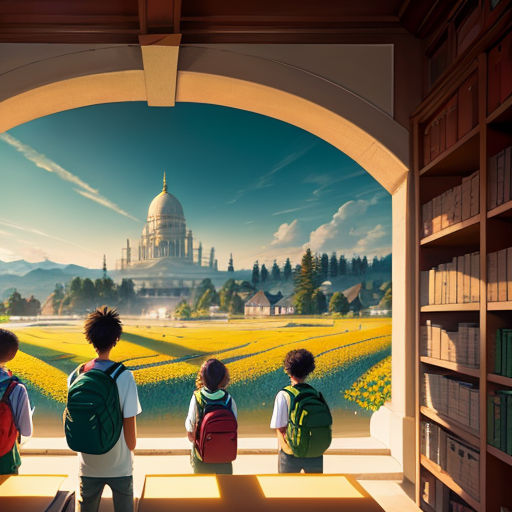
This journey was not just about learning philosophy, but about self-discovery. It was about understanding the world and their place in it. The students had learned more than they had ever expected and were ready to take on the world with their newfound wisdom.

In the end, the students realized that the journey was not just about reaching a destination but about the lessons learned along the way. The real treasure was the wisdom they had gained, the understanding they had developed, and the growth they had experienced.

This journey of self-discovery had changed them forever. They were no longer just students but philosophers, ready to apply their wisdom to their lives. The journey of enlightenment was truly an adventure of a lifetime.